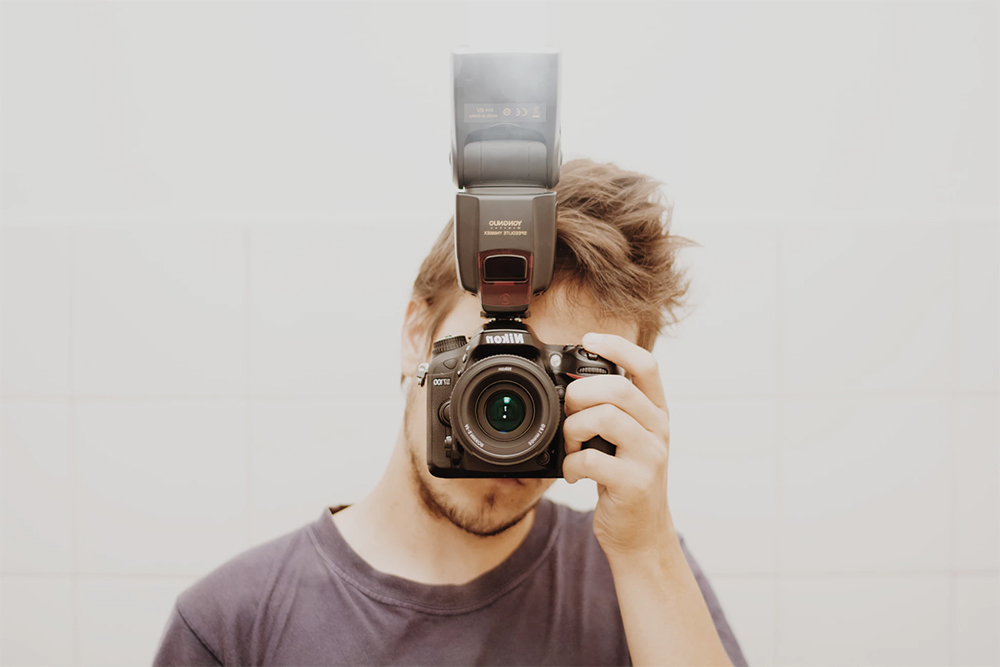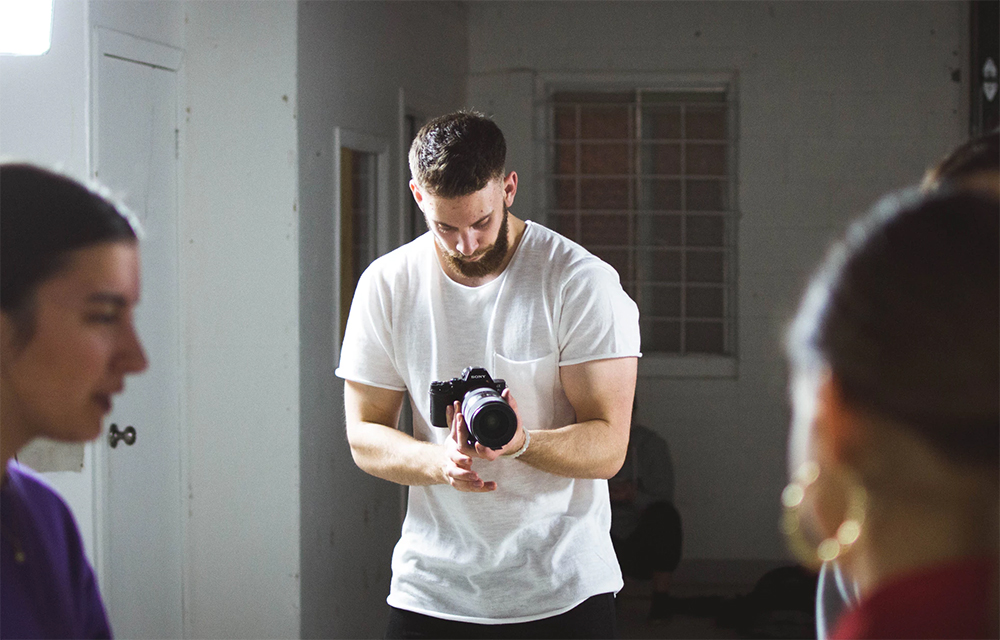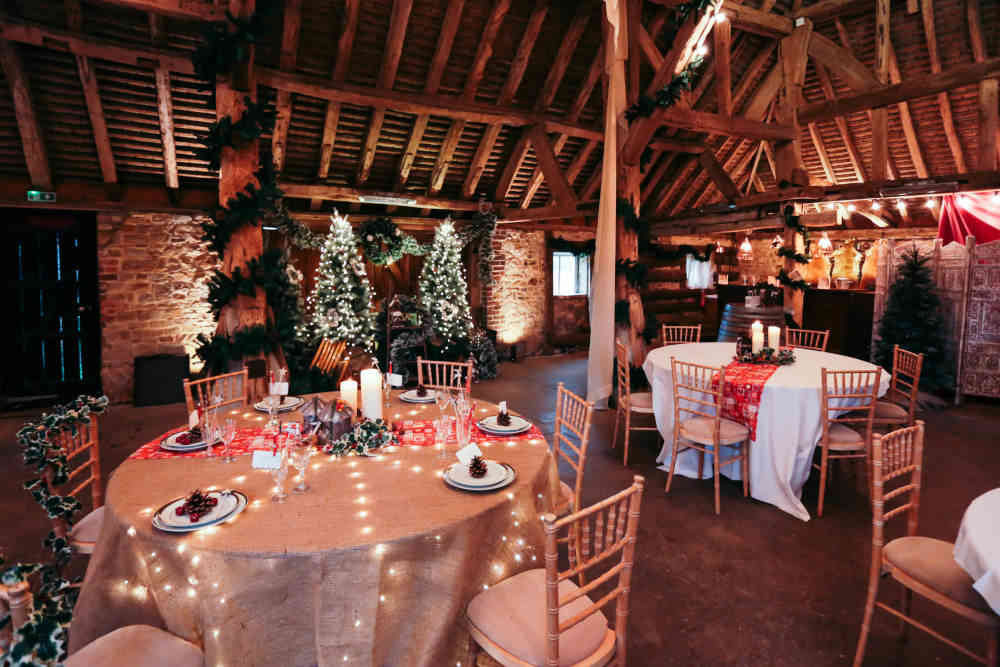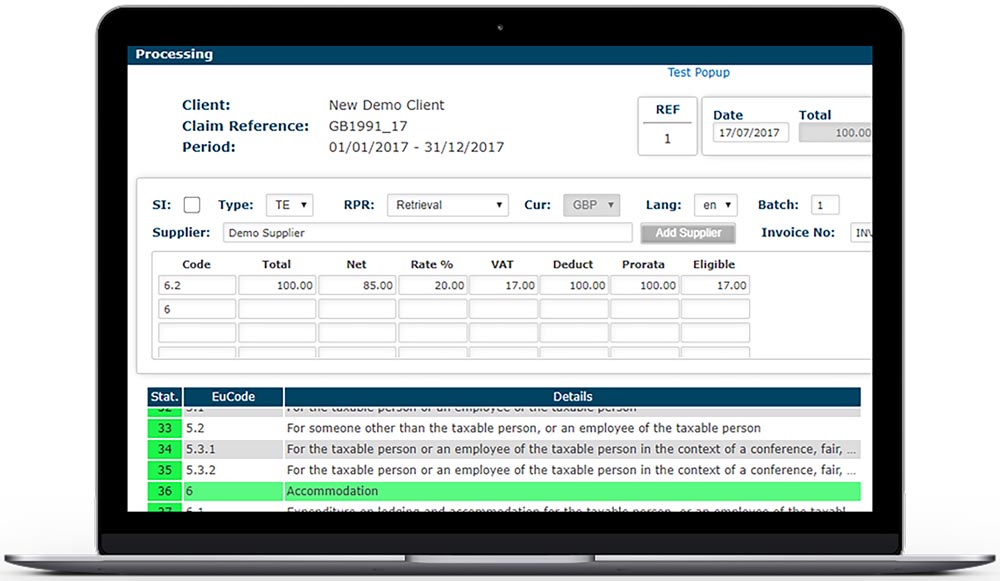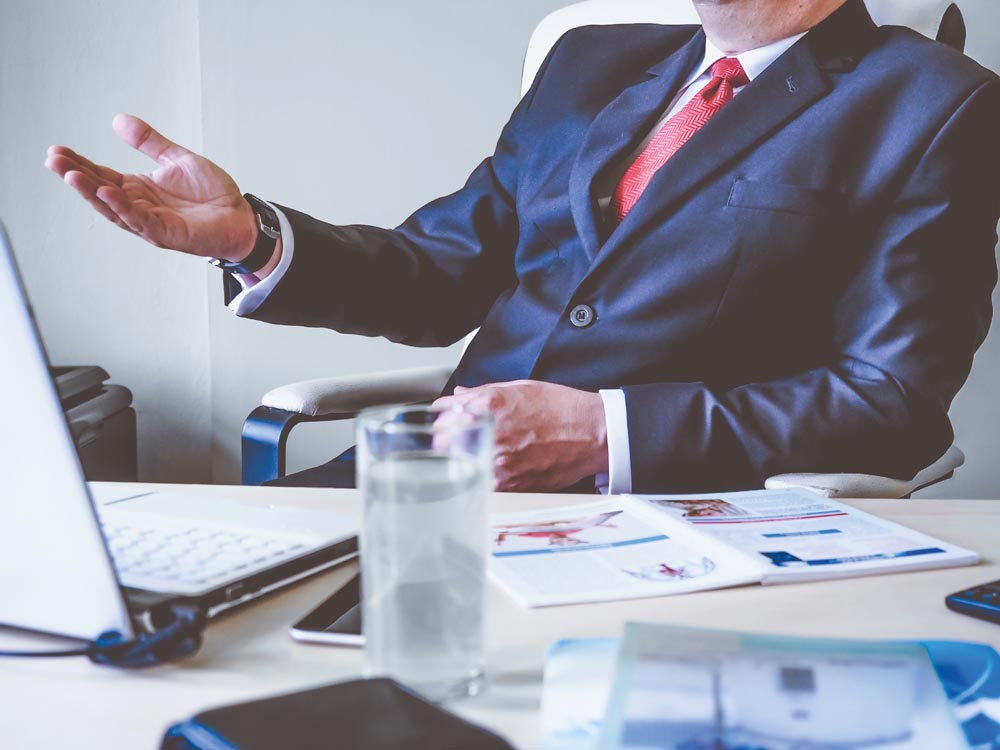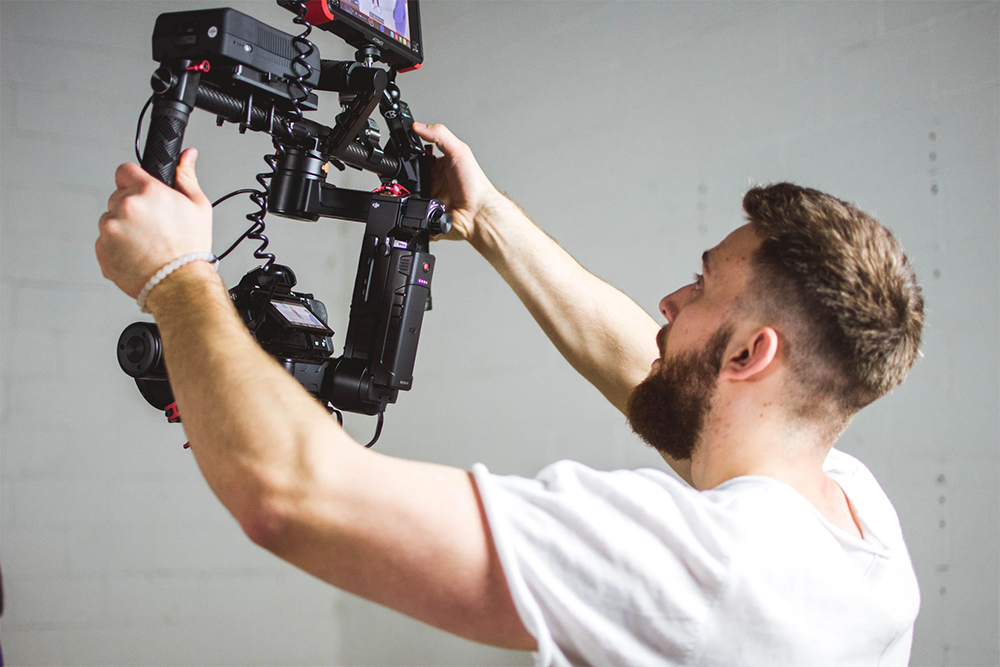
It is tempting for any business to want to cut costs. It makes sense; if you can reduce outgoings and keep income stable you may be able to ultimately make more profit. The problem is that cutting out the professionals you rely upon to support your business and replacing them with people who do not have the skill, experience or equipment is always going to mean you will lose something.
Imagine a scenario that you went to the dentist that you have trusted for years and were told that the work could be done cheaper if you have a student do it. Of course, the student won’t have the experience or skill and maybe not the same top end equipment but they can save you money. For many of us, the benefit in saving money would be outweighed by the peace of mind that the work will be done correctly by the experienced professional. And exactly the same is true in photography.
Cameras have come a long way since digital was introduced to a professional market in 2000, now even a cheap camera can produce reasonable results as long as the person using it knows how it works. However, quality does require more than the bottom-of-the-range camera with a poor-quality lens. Most professional photographers will have cameras costing in excess of £1000 and lenses that cost the same. Then there are all the other accessories like a proper flash – these costs add up quickly, and they are prohibitive for most photographers who aren’t earning a professional salary.
When you employ a photographer for your business you are paying for someone who has invested in their skill, their equipment, and their experience. They have learned how to do what you need them to without failure and with the minimum of fuss. This applies to everything you need a photographer to do; portraits, products, services, and events.
Event photography has the added dimension that it is a constantly unfolding, shifting, moving beast. An event photographer has to be organised, have a schedule, to know who has to be photographed, when and where. Photographing an event is not just about wandering around with a camera, it requires planning and organisation. It involves the ability to change between locations and the difficulties each may bring. Photographers need to have the equipment to cope with people on a stage, then people receiving awards, then speeches by the chairman, then staff having a team building exercise, and a whole range of other scenarios. A professional event photographer is also someone who is good with people so managing individuals and groups to get the best results will be part of their skill set.
Unless you have someone in your organisation who has the equipment (not to mention the back-up equipment in the case something fails) as well as the skill and knowledge to use the equipment, and the experience to manage many different situations, then you would be sensible to pay for a professional.
You might be spending a large amount of money to stage your event, to get the best value for that money you have to tell the world about it and that means images and social media and a person who can deliver that. The cost of the photographer when put against the cost of the event is negligible but the rewards can be great.
Therefore, you need to engage a professional photographer. Ensure you get one that has all the credentials listed above, if you need them to be able to Wi-Fi direct to your Dropbox account make sure they can and will. Check that they have the insurance necessary if something goes terribly wrong. Then you have to do some work to make sure you get best value.
Here are some top tips from professional photographer Keith Barnes:
1 A clear plan
Know why you need the pictures, as well as how and where are you going to use them. The why question is so important when employing a photographer, otherwise you might not get what you need. This takes forethought and planning.
2 Create an event list
This will be similar to your running schedule but it is not the same for the photographer. Too often I have been given pages of useless information because no thought has gone into what the client has needed photographically. The photographers event list should be where and when they need to be ready to photograph. If the event site is large or spread over a complex then make sure each room or area is noted and provide a map
3 Provide a solid brief
The brief to the photographer should be a combination of the event list but also include a list of the people needing to be photographed at each location and why they have to be photographed. So, someone giving a presentation to an audience is different from someone being presented with something and photographically needs to be approached differently
4 Contact details
The brief should also include the names and numbers of all the contacts the photographer needs, so if person A is in charge of the lecture hall tell the photographer.
5 Deputise
In break-out times when there is general milling around at say coffee or drinks, deputise one of your staff members to point out the important people so that you do get the VIPs covered whether talking to each other or to staff in an informal way.
6 Plan the group photos
If the event also requires group photographs of departments or even the whole list of attendees make sure the photographer knows when these will happen and where. Bear in mind that 200 people inside in a hall are very difficult to photograph as one group if you expect most people to be seen. Group photographs often need much more planning than they are given. Think about how the photographer might be positioned so they can see everyone.
7 Provide a secure space
If the event is going on for a day or longer understand that the photographer might need some down time to recover their own batteries and those of their cameras. If you need images as the event progresses the photographer might need a secure space for their laptop and ancillary equipment.
8 Communicate and thoroughly organise
Communication is vital so although you will be very busy on the day leaving the photographer standing around awaiting your instructions is frustrating for everyone so organise as much as you can beforehand.
9 Listen to your photographer
Allow the photographer to have input, they are experienced, have been to far more events than you have and can be a valuable asset so do listen to them.


